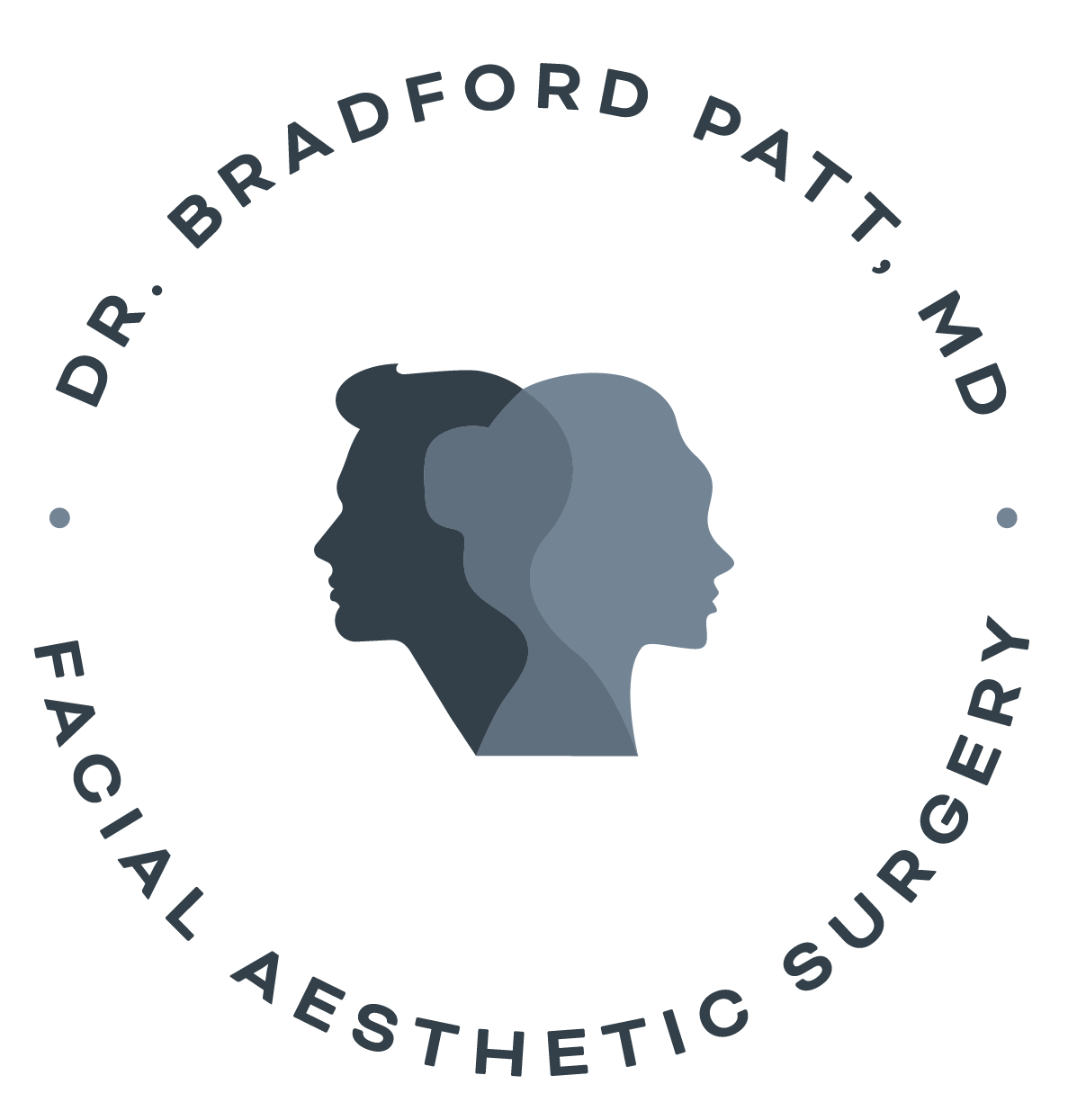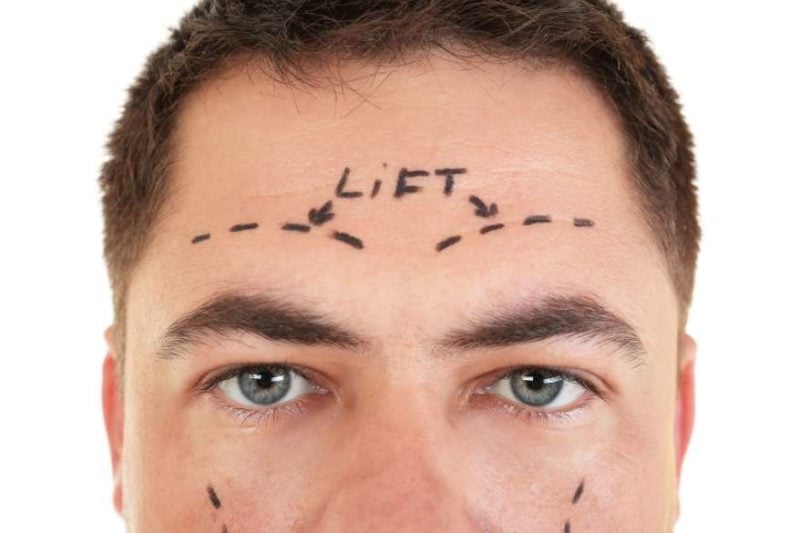A nose job, or rhinoplasty, is a common and popular procedure. Patients often have many questions about having rhinoplasty. The following is a short overview of the recovery portion of the procedure.
Procedure Overview
Rhinoplasty is usually performed as an outpatient procedure under general anesthesia. The length of the procedure will typically range from two to three hours. The surgeon will make a few small incisions, usually inside the nose, in order to gain access to the tissue that needs to be placed into a better position or removed. When the surgeon has completed the reshaping process, the incisions will be closed.
Recovery
For the first twenty--four hours, the patient will likely feel some facial puffiness. There may also be a dull headache and some slight pain around the nose. The physician will prescribe appropriate pain medication to control this discomfort. Patients are advised to keep the head elevated and to stay in bed for the first day or so following surgery.
After the first day, patients may notice that bruising and swelling has increased around the eyes. This is normal and will reach its peak in about three days. The bruising and swelling will then continue to subside over the next two to three weeks. Some slight residual swelling will still exist for the next several months. Fortunately, this residual swelling is nearly invisible.
A small amount of post--surgical bleeding is typical for a couple of days following the procedure. Patients will also have a feeling of nasal stuffiness for a few weeks while the swelling subsides. During the time while the tissues are healing, patients are advised to avoid blowing their nose. This reduces possible irritation of healing nasal tissues.
If nasal packing is used, it is generally removed by the third day following surgery. During the next two weeks, the remaining dressings, stitches and any splints will be removed. As long as the splint is in place, patients can resume wearing eyeglasses if they can rest on the splint. For the next several weeks following the splint removal, patients must avoid letting their eyeglasses rest directly on the nose. The surgeon will discuss alternative strategies for eyeglasses with the patient.
Patients are usually out of bed and moving around by the second day following surgery. By the end of the first week, they can return to school or work as long as their activities are not strenuous. It may take several weeks before patients resume all of their regular activities.
The surgeon will give specific, individual guidelines about the resumption of normal activities. These guidelines will probably include recommendations to avoid activities that are strenuous and that may cause an increase in blood pressure. These restrictions may last from two to four weeks. Patients should avoid rubbing their nose and be careful to not allow anything to bump or hit the nose.
Follow-up care is extremely important. For the year after the nose job Houston patients can expect routine visits to Dr. Patt's office. This follow-up care is a critical factor in making sure that his patients receive the results they expect. Visit our page on rhinoplasty for more information, or contact our office today.





